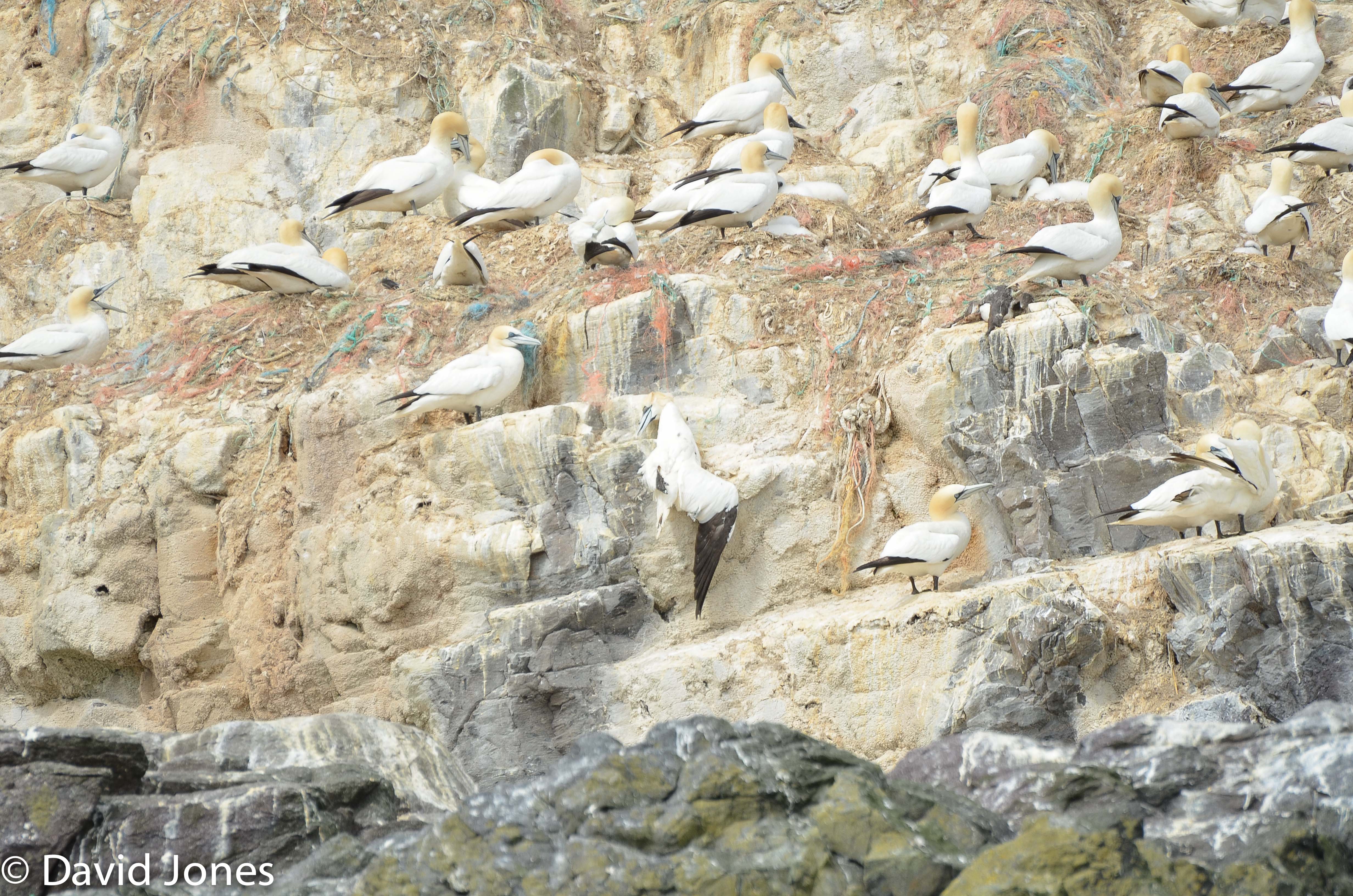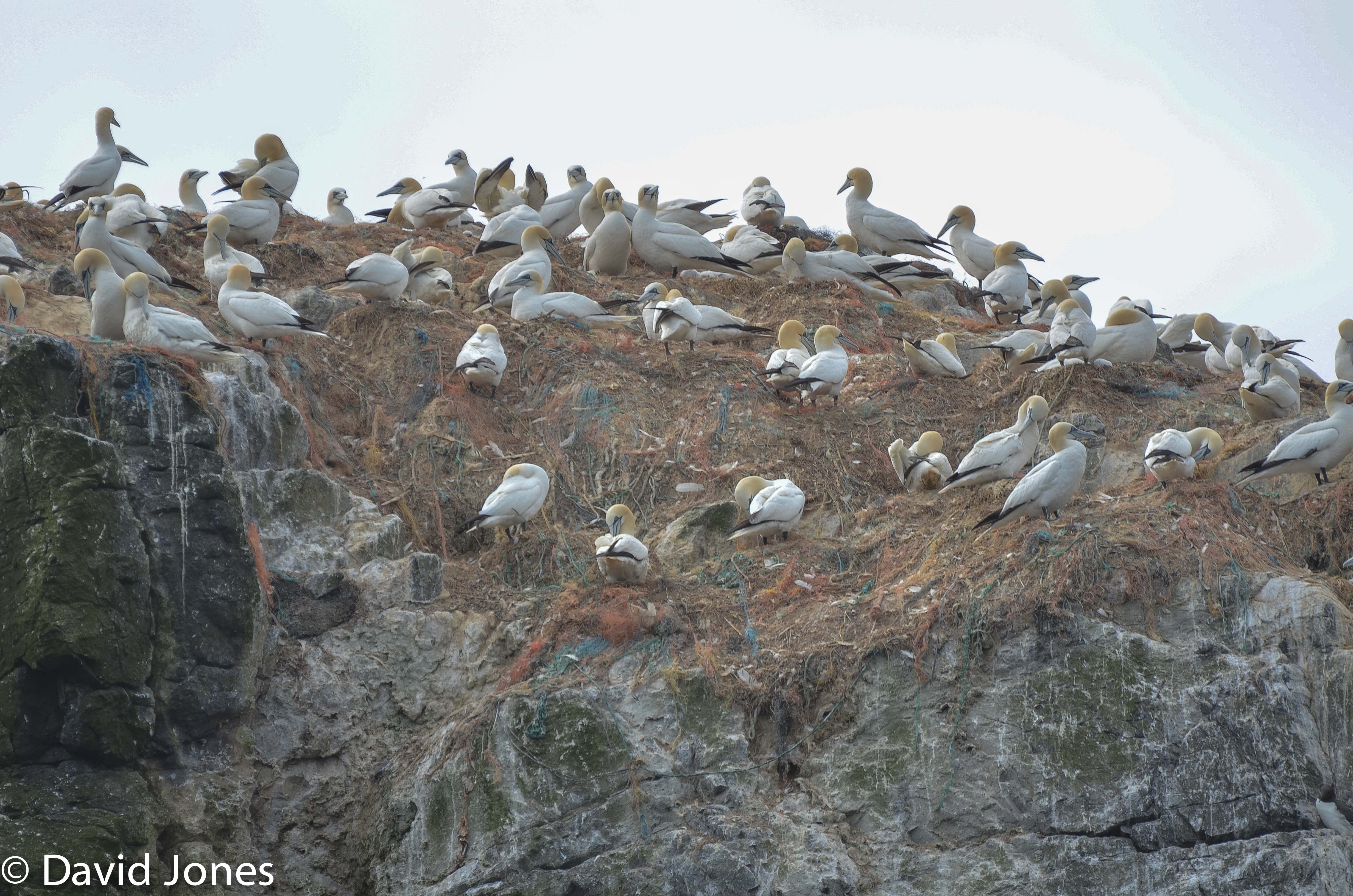One of the main issues with plastic pollution in our ocean is the entanglement of marine life. Much of the time this is the result of discarded fishing nets and monofilament line, but often even less likely objects can be hazardous to marine life. To a seal or a dolphin a plastic rung is something to play with. They have no idea how dangerous the game could turn out to be.
Over 16% (56 species) of seabirds have been recorded to become snared in plastic, either after mistaking it for food, or accidentally swimming into it. Entanglement can lead to injury, infection or drowning of the seabird. Discarded fishing gear and six-pack yokes are the most common causes of entanglement.
















